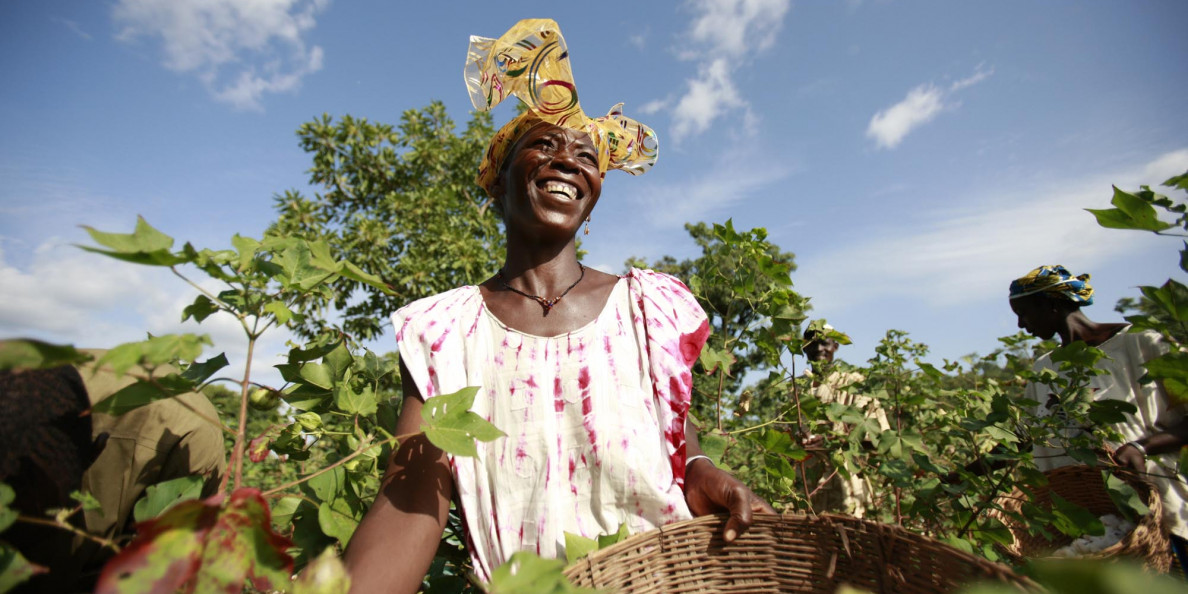The cotton sector is in crisis at the global level, and Mali, the first African producer, is no exception. Faced with falling prices, Malian producers threw in the towel. Sown areas fell by three quarters, from 735000 hectares during the previous campaign, to 170000 for the one to come. Fatally, production will drop in the same proportion. Even with favorable weather, Mali should only produce 310000 bales of cotton. A derisory level in comparison with the 1.35 million of the previous campaign.
For once, the security situation in Mali has nothing to do with it. The disinterest in cotton is global, and it is the coronavirus pandemic that is the cause. Indeed, the economic slowdown linked to the disease has reduced the demand for textile products. In China, Mali’s largest customer, cotton imports fell by nearly 30% for the 2019/2020 campaign. In addition, due to the collapse in oil prices, synthetic fibers have become very competitive again. Result: stocks are accumulating, they are estimated at more than 400000 bullets in Mali.
The public body that manages the cotton sector in Mali also gave very negative signs. First, in May 2020, he lowered the guaranteed purchase price to the producer from 275 CFA francs per kilo to 200 CFA francs (from 0.41 euros to 0.30 euros). Although he then awarded a bonus of 50 francs per kilo, the damage was done. Faced with this announced drop in their income, producers have turned to other crops. Especially since the subsidy on fertilizers, which until then had covered half of the costs, was abolished. The country no longer wants or can no longer support a highly subsidized sector.
The brake on the cotton sector in Mali is severe. In constant progression, the production represented, after gold, the second source of export of the country and 15% of its GDP. It is estimated that the country’s three million producers derive almost half of their income from it. The objective was to reach a production of one million tonnes in 2022, against around 800000 tonnes, the record harvest of 2019. However, the year 2021 promises to be just as gloomy internationally for cotton, and Mali will undoubtedly have to revise downwards its ambitions.


